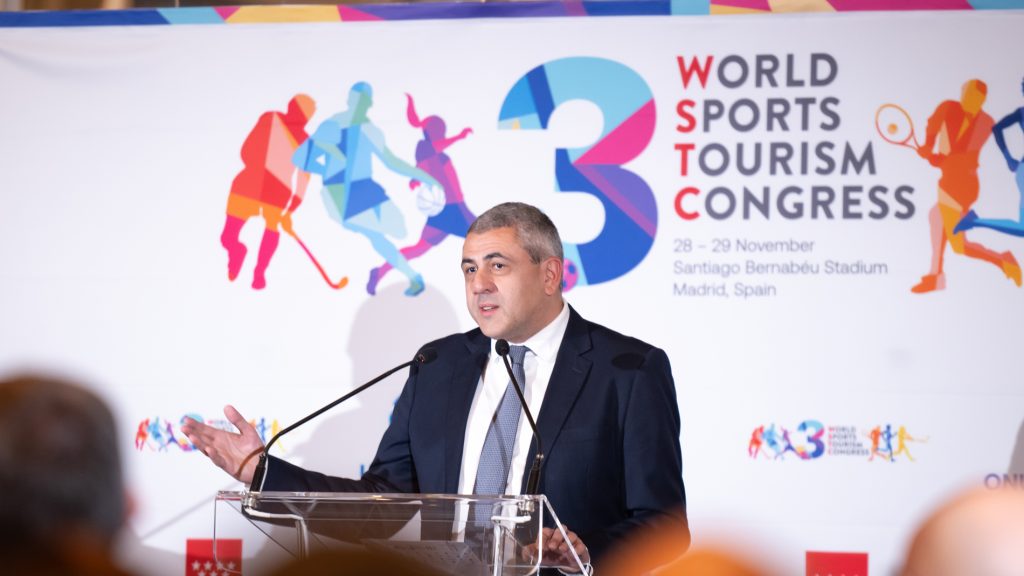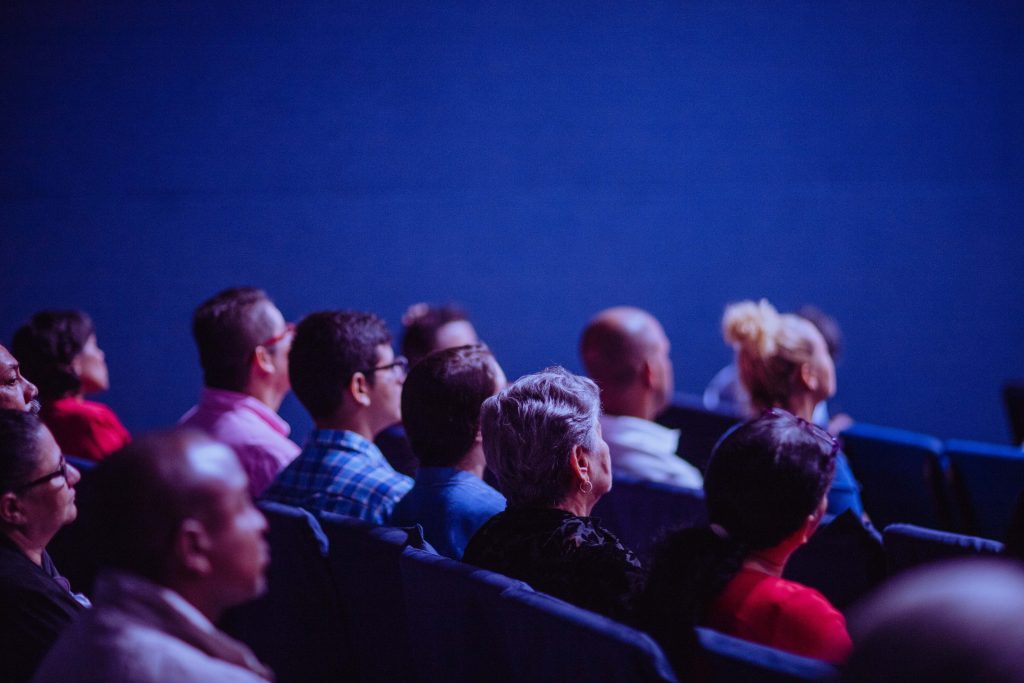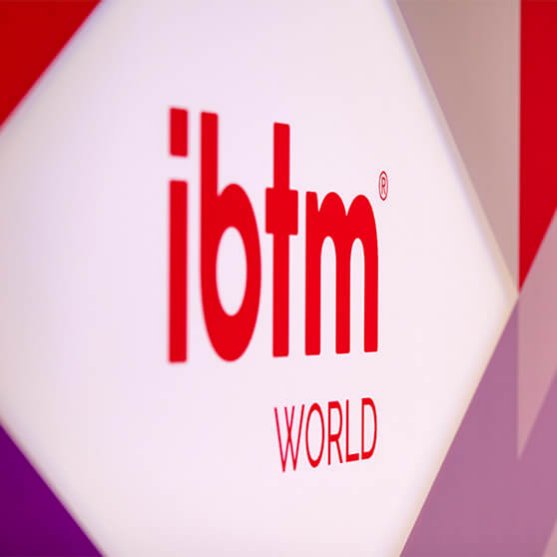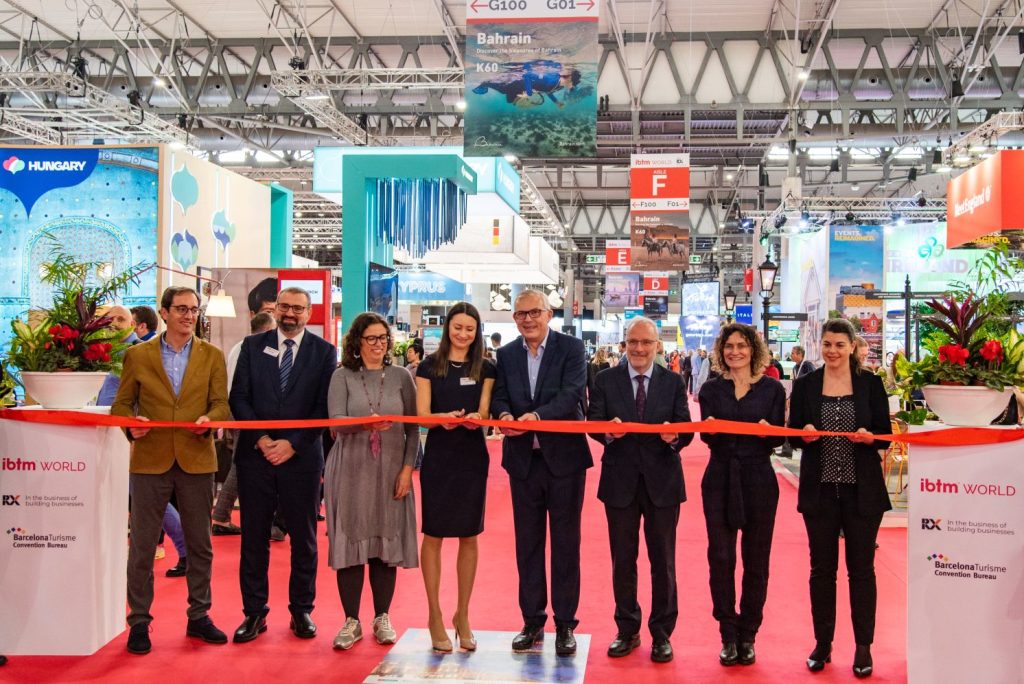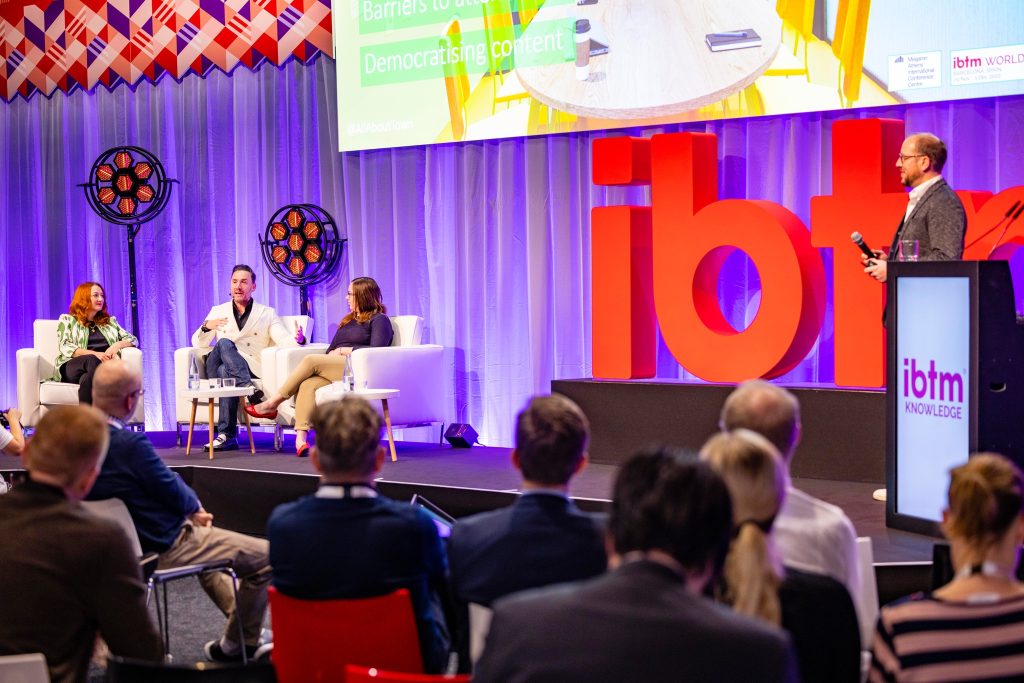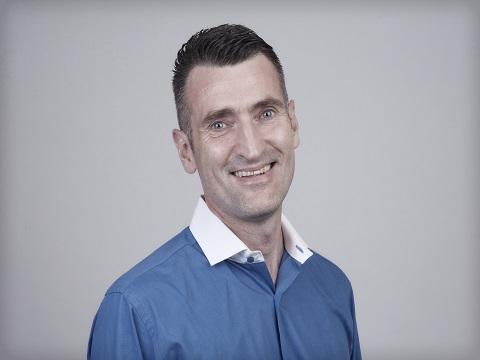
Share news
Listen
How did you innovate in formats to make them more interactive?
The common denominator of all three sessions was that we limited the number of slides and corresponding speaking time per speaker, integrated group discussion and feedback and encouraged the speakers to get out front and close to the audience.
How did you convince both speakers and attendees, who as you say are used to traditional formats?
Although some resistance can be expected, it is important not to underestimate the willingness, interest and curiosity of trying something new. The speakers on the whole were enthusiastic and engaged and some sceptics were converted! A few attendees left right at the beginning of the sessions but the vast majority who stayed liked the formats – as our evaluation confirmed.
How did the planning process change? Did you team up with new types of agencies or consultants about meeting design?
We partnered with Maarten Vanneste and the Abbit team. We wanted to bring in some external expertise and a “fresh pair of eyes” and from a purely resourcing perspective we knew that we needed support – from planning right through to onsite management.
What were you not able to do, for lack of means, or resistance of the players?
We wanted to do “body voting” – getting attendees up and active from the very beginning. Given that attendees slowly drifted in to the session, this was not possible. We were also restricted by the size of the room – a larger room would have helped in many ways.
What improved as a consequence?
Attendees responded positively – you could see people relax as the sessions progressed. It confirmed that there is also a real appetite for interaction and a diversity of session types in scientific meetings. This was very much the beginning rather than the end. We will be doubling the number of interactive sessions in 2016 using the learnings from 2015 to guide us.
This interview was done by eventoplus for the ibtm show daily



